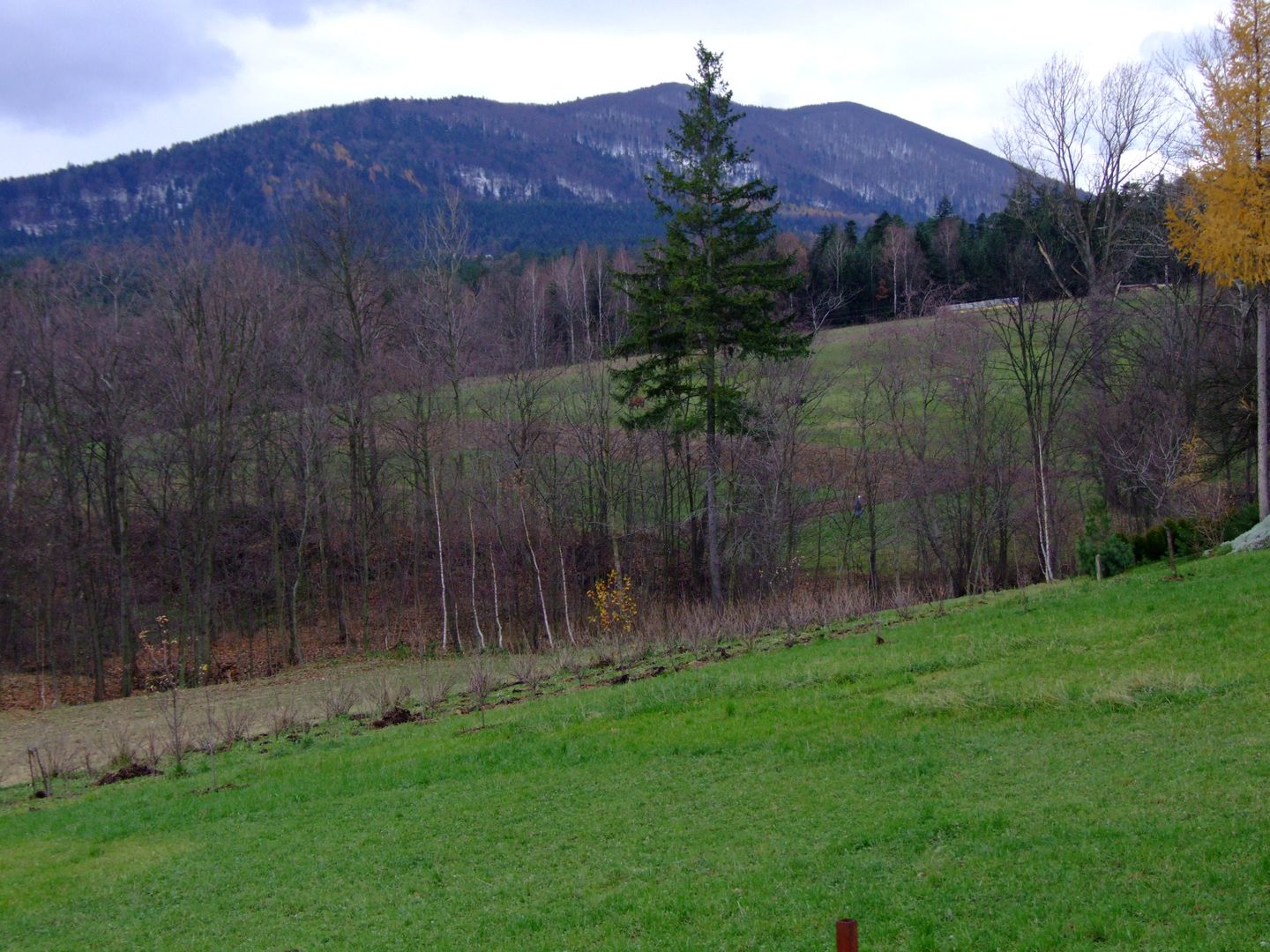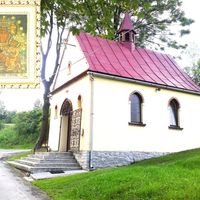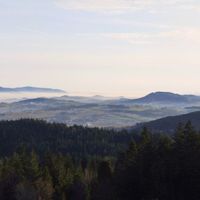Island Beskids
8.44

Overview
The Island Beskids (Beskid Wyspowy) is a part of the Western Beskids located in southern Poland, characterized by isolated peaks that "emerge" from the valleys, creating a landscape reminiscent of a sea of fog. The history of the region dates back to the Neolithic period, with numerous archaeological finds, including flint tools and Bronze Age cemeteries. In the Middle Ages, centuries of settlement brought the development of small wooden strongholds, and the Cistercians from Szczyrzyc played a key role in the colonization of the land. Many peaks, such as Mogielica, Ćwilin, and Modyń, stand out due to their significant prominence, and their steep slopes are dominated by farmland and sparse forest complexes. Interestingly, despite industrialization and settlement, fragments of rich flora and fauna have been preserved in the region, including 96 species of mountain plants. The Island Beskids have become a place of diverse folk traditions, including pastoralism, which was an important source of livelihood for local communities, with the Vlachs contributing to the development of this pastoral culture. The region's architecture reflects various traditions, with wooden churches and numerous roadside shrines testifying to its rich history and folk culture. The modern economy focuses on agriculture, tourism, and small-scale industry, with local initiatives promoting tourism, such as the viewing tower on Mogielica. Despite challenges, the Island Beskids have gained touristic significance, attracting more and more visitors thanks to their picturesque landscapes and rich history.
Location
2025 Wizytor | All Rights Reserved









